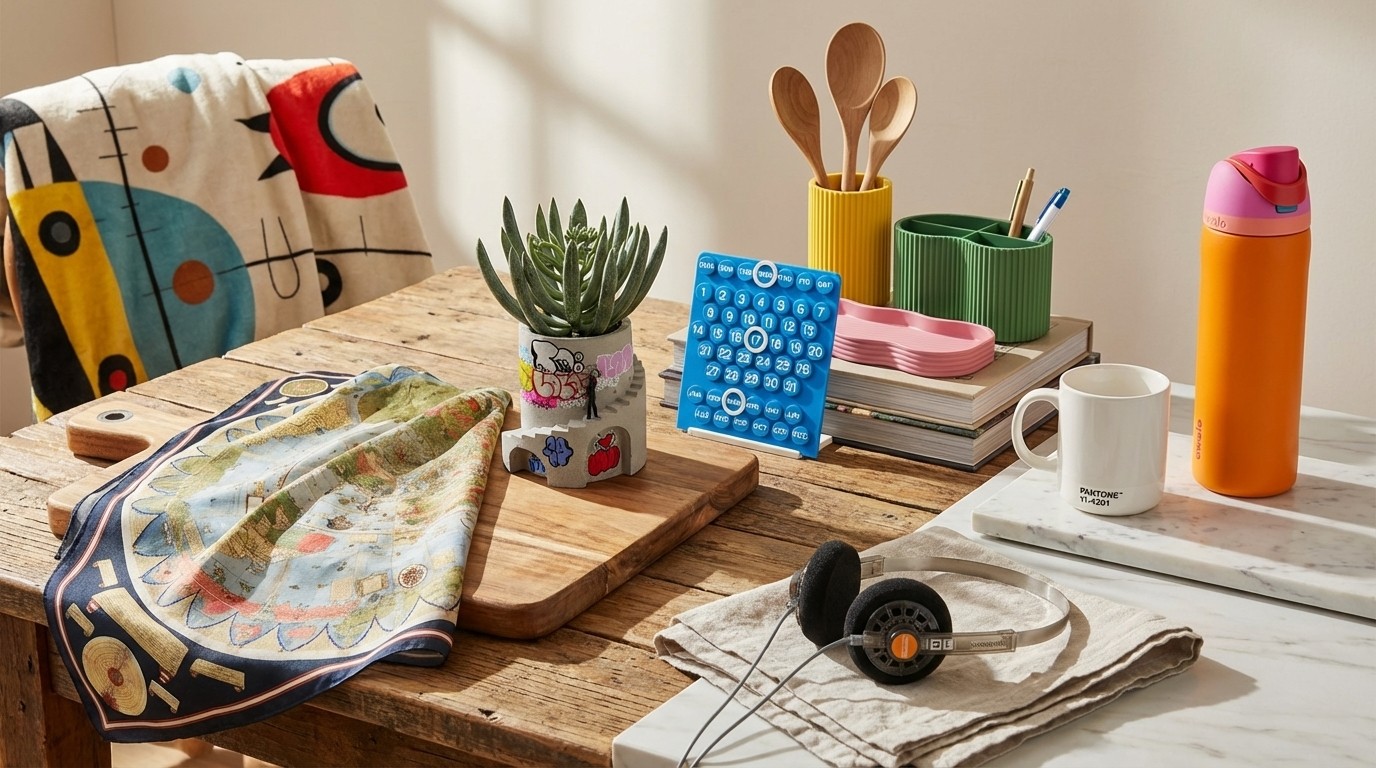5 top UX tips for graphic designers

Recently, we took a look at why every graphic designer needs to master user experience. Although most commonly associated with web design, UX extends way beyond the web, "flowing end-to-end, through the customer journey," says Matt Theakston, experience design director at TH_NK.
Here are five expert tips to help users get what they want – and expect – while interacting with your designs.
01. Stay nimble
While the principles of graphic design might be immutable, UX is a different beast. As Theakston puts it: “Print design is like tennis, it’s individual and heroic, even. Digital service design is more like football, but played on a constantly moving pitch, without a fixed playing time, where the rules keep changing.”
02 If in doubt, reduce
“Design for strong centre-of-use first,” says Theakston. “Every service and product has a core journey, so start here. Ask ‘What is our user’s intent, at every point?’ and design for it. And if you’re stuck, take as much out of the interface as you can for it still to function. Adding is easy.”
03. Psychology is the foundation

As UX is focused on users, understanding psychology is crucial, says Lee Carroll, senior interaction designer at Seymourpowell. “Graphic designers already use psychology in visual design – in Gestalt theory to name an obvious example – to communicate a message or direct a viewer. So they could arguably be very well placed to use the same principles to design a user experience with a machine.”
04. Good UX is invisible
“Most of the best user experiences work so seamlessly in tune with your expectations that you barely notice them,” notes Alec East, founder of Narrative Industries. “So the goal is to understand what the user wants and expects from interacting with your design, then make sure your design helps them achieve it.”
05. Stand up for UX
"You may need to fight for UX within the process," adds East. “Sometimes it gets overridden by other, more tangible commercial factors. But anything that performs better than its competitors must, in some way, be better designed for its purpose. As Enzo Ferrari said, ‘Race cars are neither beautiful nor ugly. They become beautiful when they win.’”
Daily design news, reviews, how-tos and more, as picked by the editors.
Related articles:

Tom May is an award-winning journalist specialising in art, design, photography and technology. His latest book, The 50 Greatest Designers (Arcturus Publishing), was published this June. He's also author of Great TED Talks: Creativity (Pavilion Books). Tom was previously editor of Professional Photography magazine, associate editor at Creative Bloq, and deputy editor at net magazine.
